Best Cottage Garden Flowers and Plants
Step into the charming world of cottage gardens with me! As a gardening lover, I’m captivated by their colorful flowers, sweet fragrances, and relaxed style. But creating the perfect cottage garden demands thoughtful planning and selecting the right plants. In this post, I’ll reveal the best cottage garden flowers and plants that meet these criteria, empowering you to create your own backyard oasis which is actually a lot easier than you may think! So let’s get started!
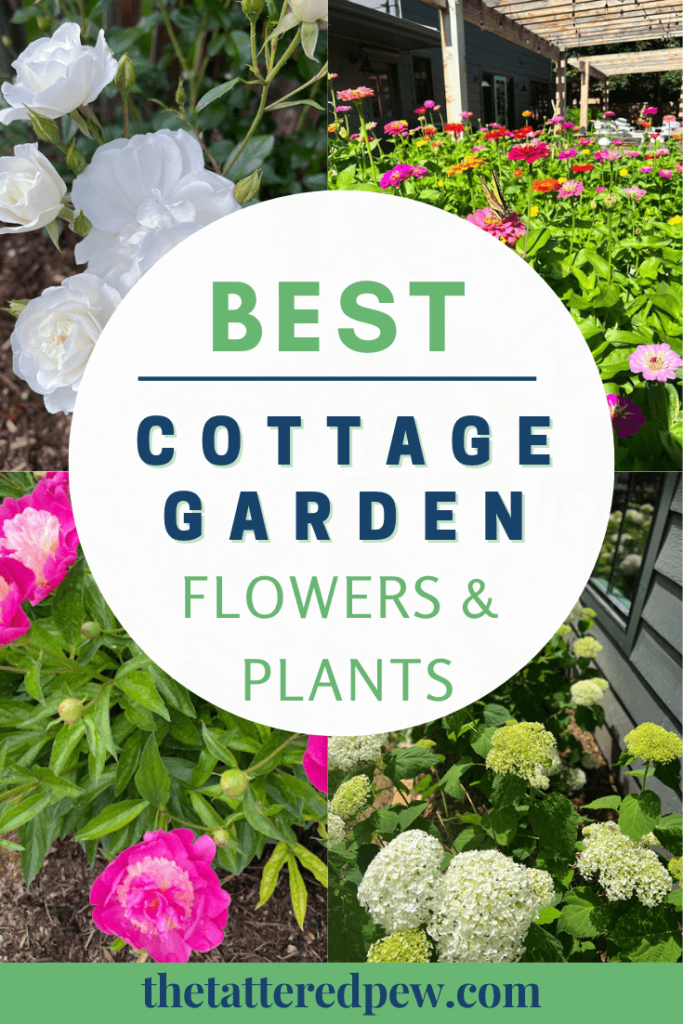
*As an Amazon Associate, I earn from qualifying purchases. This post contains other affiliate links too for your convenience. Click here to read my full disclosure policy.
Best Cottage Garden Flowers and Plants
As a gardening enthusiast, I have always been drawn to the charm and beauty of cottage gardens. The abundance of colorful flowers, the sweet fragrance, and the relaxed, informal style make it a popular choice for many gardeners.
However, creating a successful cottage garden requires careful planning and choosing the right plants that thrive in your growing conditions.
When it comes to selecting the best plants for a cottage garden, there are a few things to consider. First, you want to choose plants that are well-suited to your climate and soil type.
Second, you want to select plants that complement each other in terms of color, texture, and height. And finally, you want to choose low-maintenance plants that are easy to care for.
In this article, I will share some of the best cottage garden flowers and plants that meet these criteria and provide tips on creating a beautiful cottage garden in your own backyard.
Understanding Cottage Gardens
Cottage gardens are charming, informal gardens designed to look like they have evolved naturally over time. They are characterized by their relaxed, romantic feel and abundance of flowers and plants.
In a cottage garden, the focus is on creating a beautiful, naturalistic, functional, and aesthetically pleasing environment.
When designing a cottage garden, there are a few key elements to keep in mind. First, it’s important to choose the right plants. Cottage gardens are typically filled with a mix of perennials, annuals, and biennials, all of which are selected for their ability to thrive in a variety of growing conditions.
Some of the most popular plants for cottage gardens include roses, peonies, foxgloves, and delphiniums.
Another essential element of a cottage garden is the use of color. Cottage gardens are known for their vibrant, colorful displays, which are achieved by planting a mix of flowers in a range of hues.
When planning a cottage garden, choosing a color scheme that complements the architecture of your home and the surrounding landscape is a good idea.
In addition to plants and color, structure is also an important consideration in cottage garden design. Cottage gardens often include paths, arches, and other hardscaping elements that help to define the space and create a sense of order.
These elements can be made from various materials, including stone, wood, and metal.
Overall, the key to creating a successful cottage garden is to embrace a relaxed, informal style and to choose plants and elements that work together to create a cohesive and beautiful environment.
With a bit of planning and care, anyone can create a charming cottage garden that is both functional and beautiful.
Best Flowers for Cottage Gardens
As a gardener who loves the cottage garden style, I am always on the lookout for the best flowers to add to my garden. Here are some of my favorite flowers that add color and charm to any cottage garden.
Spring Blooming Flowers
Spring is the perfect time to add some color to your cottage garden. Some of my favorite spring-blooming flowers include daffodils, tulips, and primroses.
These flowers are easy to grow and come in a wide range of colors. Daffodils and tulips are perfect for planting in large groups, while primroses are great for adding a pop of color to borders and containers.
Summer Blooming Flowers
Summer is the time when cottage gardens really come to life. Some of my favorite summer blooming flowers include roses, hydrangeas, and zinnias.
Roses are classic cottage garden flowers and come in a wide range of colors and sizes. Hydrangeas are perfect for adding a touch of elegance to your garden, while zinnias are great for adding a pop of color.
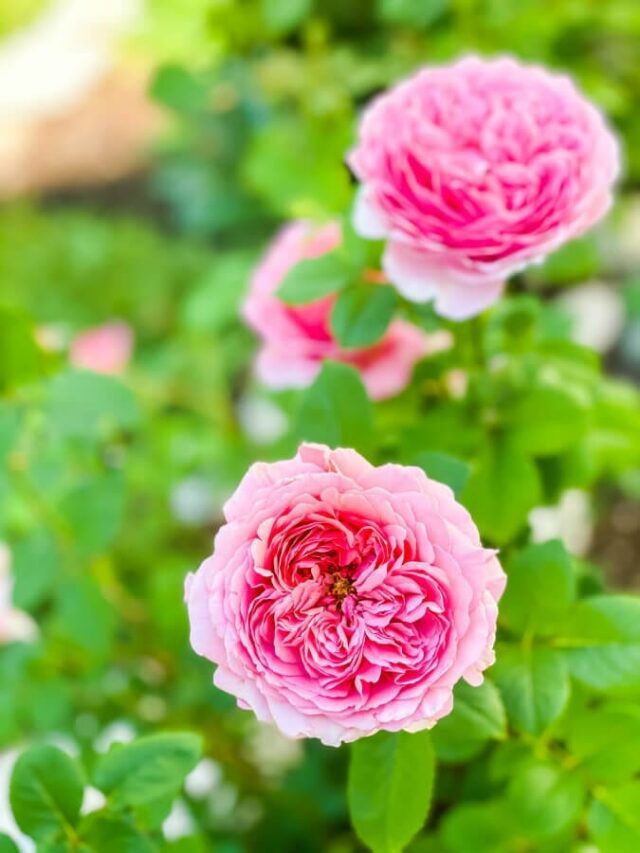
Fall Blooming Flowers
Fall is a great time to add some late-season color to your cottage garden. Some of my favorite fall-blooming flowers include asters, mums, and sedum. Asters come in various colors and are perfect for planting in large groups.
Mums are great for adding color to borders and containers, while sedum is perfect for adding texture to your garden.
In addition to these flowers, there are many other great flowers that are perfect for cottage gardens. Some other flowers to consider include daisies, snapdragons, coral bells, irises, honeysuckle, and cranesbill.
Adding a variety of these flowers to your garden can create a beautiful and charming cottage garden that you will enjoy for years to come.
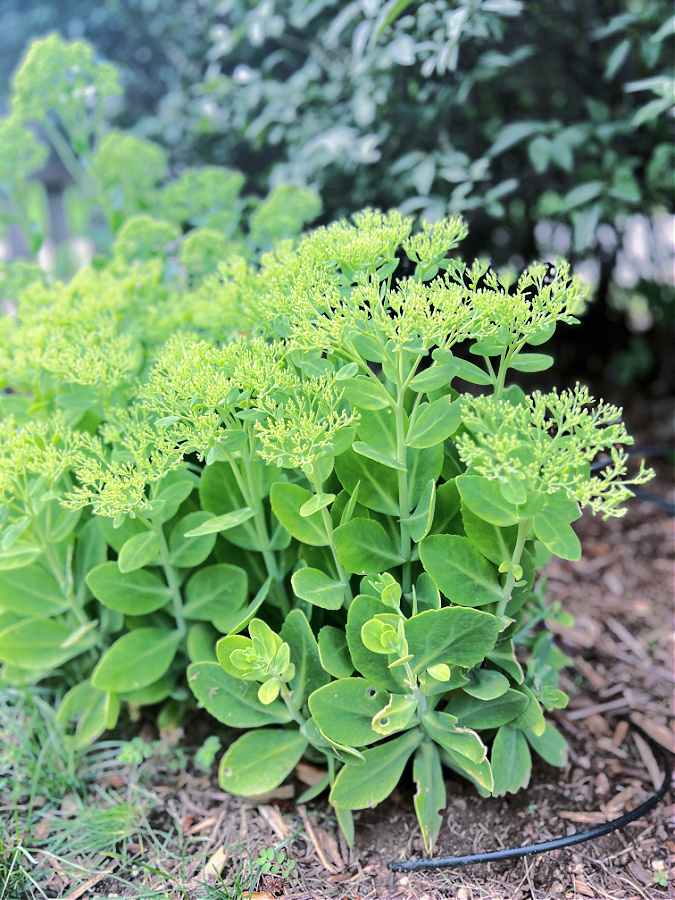
Best Plants for Cottage Gardens
As someone who loves cottage gardens, I’ve spent a lot of time researching and experimenting with different plants. Here are some of my favorite plants for creating a charming and colorful cottage garden:
Delphiniums
Delphiniums are tall, elegant plants that come in various colors, including blue, pink, and white. They bloom in early summer and add a vertical element to the garden. They prefer full sun and well-drained soil. Be sure to stake them to prevent them from toppling over in the wind.
Lavender
Lavender is a classic cottage garden plant that adds a lovely fragrance to the garden. It prefers full sun and well-drained soil. Be sure to prune it after it blooms to keep it from getting too woody.
Foxgloves
Foxgloves are tall, spiky plants that come in a variety of colors, including pink, white, and purple. They bloom in early summer and attract bees and hummingbirds to the garden. They prefer full sun or partial shade and well-drained soil.
Hollyhocks
Hollyhocks are tall, stately plants that come in various colors, including pink, red, and yellow. They bloom in midsummer and add a vertical element to the garden. They prefer full sun and well-drained soil. Be sure to stake them to prevent them from toppling over in the wind.
Phlox
Phlox is a low-growing plant that comes in a variety of colors, including pink, purple, and white. It blooms in midsummer and adds a carpet of color to the garden. It prefers full sun and well-drained soil.
Sweet Peas
Sweet peas are delicate, fragrant plants that come in various colors, including pink, lavender, and white. They bloom in late spring and add a lovely fragrance to the garden. They prefer full sun and well-drained soil that is consistently moist.
Sage
Sage is a low-growing plant with silvery-green leaves that add texture to the garden. It blooms in late summer and attracts bees and butterflies to the garden. It prefers medium to full sun and well-drained sandy or loamy soil.
Bellflower
Bellflower is a low-growing plant that comes in a variety of colors, including blue, pink, and white. It blooms in late spring to midsummer and adds a carpet of color to the garden. It prefers full sun to partial shade and well-drained soil.
Columbine
Columbine is a delicate-looking plant with unique, bell-shaped flowers that come in a variety of colors, including blue, purple, and white. It blooms in early summer and attracts hummingbirds to the garden. It prefers partial shade and well-drained soil that stays evenly moist.
Clematis
Clematis is a climbing plant with showy, star-shaped flowers that come in a variety of colors, including pink, purple, and white. It blooms in midsummer and adds a vertical element to the garden. It prefers full sun to partial shade and moist, well-drained soil.
Bee Balm
Bee balm is a low to high-growing plant with showy, tubular flowers that come in a variety of colors, including pink, purple, and red. It blooms in midsummer and attracts bees and butterflies to the garden. It prefers full sun and moist, well-drained soil.
Echinacea
Echinacea is a lower-growing plant with showy, daisy-like flowers that come in a variety of colors, including pink, orange, and white. It blooms in midsummer and attracts bees and butterflies to the garden. It prefers full sun to light shade and sandy, well-drained soil.
Bleeding Heart
Bleeding heart is a delicate plant with unique, heart-shaped flowers that come in a variety of colors, including pink and white. It blooms in late spring to early summer and adds a touch of romance to the garden. It prefers light shade and well-drained soil.
Color Palette for Cottage Gardens
When it comes to creating a beautiful cottage garden, choosing the right color palette is key. As someone who loves gardening, I find that a mix of colors is the best way to create an enchanting and inviting space that’s perfect for relaxing and unwinding.
In my experience, purple, pink, white, and yellow are some of the best colors to consider when planning a cottage garden. These colors work well together and create a cohesive and harmonious look that’s inviting and visually appealing.
For example, purple flowers like lavender and salvia add a touch of elegance and sophistication to any cottage garden. These flowers are perfect for creating a calming and relaxing atmosphere and pair well with other colors like pink and white.
Pink flowers like roses and peonies are another great addition to any cottage garden. These flowers are romantic and feminine, and they can add a pop of color to any space. When combined with white flowers like daisies and hydrangeas, they create a classic and timeless look that’s perfect for any cottage garden.
Yellow flowers like daffodils and sunflowers are perfect for adding a touch of brightness and cheerfulness to your garden. These flowers work well with purple and pink flowers, creating a beautiful and vibrant space perfect for enjoying the outdoors.
When planning your cottage garden, it’s important to remember that colors are just one aspect of the design. You should also consider the texture, height, and shape of the plants you choose, as well as their growing conditions and maintenance requirements.
Overall, choosing the right color palette is an important part of creating a beautiful and inviting cottage garden. By incorporating a mix of purple, pink, white, and yellow flowers, you can create a charming and visually appealing space.
Attracting Wildlife to Your Cottage Garden
Creating a cottage garden is not only a great way to add charm and beauty to your outdoor space, but it can also attract a variety of wildlife. As an avid gardener, I love to see hummingbirds, butterflies, and birds visit my garden. Here are some tips on how to attract wildlife to your cottage garden:
Plant Native Flowers and Plants
One of the best ways to attract wildlife to your garden is by planting native flowers and plants. Native plants are adapted to the local climate and soil, making them more attractive to local wildlife. For example, planting milkweed can attract monarch butterflies, while planting coneflowers can attract goldfinches.
Provide Food and Water
Another way to attract wildlife is by providing food and water sources. Hummingbirds, for example, are attracted to nectar-rich flowers, while birds are attracted to berries and seeds. You can also add a bird bath or small pond to provide water for birds and other wildlife.
Avoid Pesticides and Chemicals
Pesticides and chemicals can harm wildlife and disrupt the natural balance of your garden. Instead, try using natural methods to control pests, such as companion planting or handpicking insects. You can also attract beneficial insects, such as ladybugs and lacewings, to your garden to help control pests.
Create a Habitat
Creating a habitat for wildlife is essential to attract and support wildlife in your garden. This can include adding birdhouses, nesting boxes, and brush piles for birds and other wildlife. You can also add a variety of plants to provide shelter and habitat for different types of wildlife.
By following these tips, you can attract a variety of wildlife to your cottage garden and create a beautiful and thriving outdoor space.
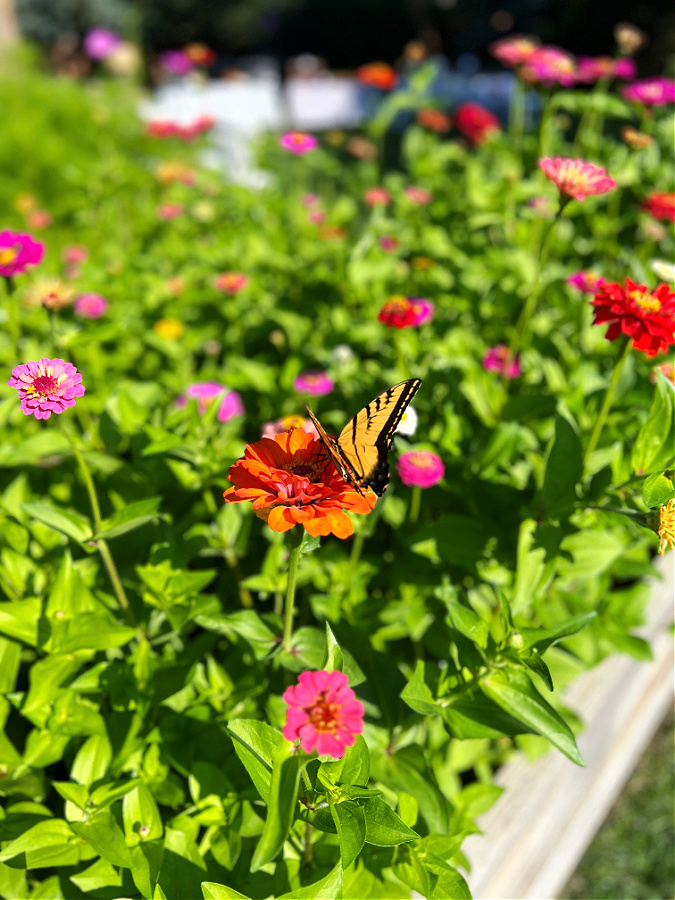
Planting and Growing Conditions
There are a few key factors to consider when it comes to planting and growing cottage garden flowers and plants. As someone who has grown a fair share of these beautiful blooms, I’ve learned a thing or two about what works best.
First and foremost, it’s essential to consider the amount of sun and shade your garden receives. Most cottage garden plants prefer full sun or partial shade, but some can also tolerate full shade. Be sure to research the specific requirements of each plant before planting.
In terms of soil, cottage garden plants generally prefer well-drained soil that is moist but not waterlogged. If your soil is heavy or clay-like, consider adding organic matter such as compost or peat moss to improve drainage.
When it comes to perennials, fall, and spring is the best time to plant them. This allows them to establish their roots before the hot summer months. If you’re planting annuals from seeds, be sure to do so in the spring after the danger of frost has passed.
Cottage garden plants are generally low-maintenance, but they do require some care. It is crucial to water your plants regularly, especially during dry spells. Mulching around plants can help keep the soil moist and discourage weed growth.
If you’re planting in a sunny spot, consider plants such as coneflowers, black-eyed Susans, and daisies. For areas with morning sun and afternoon shade, try planting hostas, ferns, and astilbes. And for full shade, consider plants such as Impatiens and lungwort.
Overall, with the right growing conditions, cottage garden plants can thrive and provide a beautiful display of color and texture.
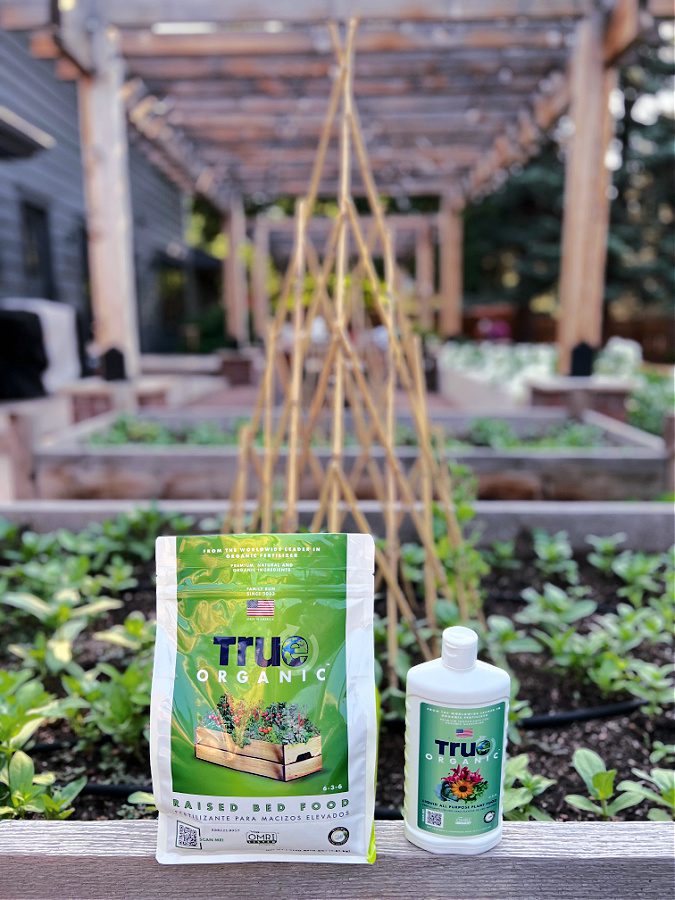
Designing Your Cottage Garden
When it comes to designing your cottage garden, there are a few things to consider. As someone who has designed and maintained a cottage garden for years, I have some tips to share.
First, think about the plants you want to include. Cottage gardens are known for their informal, whimsical feel, so don’t be afraid to mix and match different types of plants. Consider having a mix of perennials and annuals, and choose plants that will bloom at various times throughout the spring and summer.
Next, think about the shape of your garden. Cottage gardens often have curved borders and beds, which can help create a more natural, organic feel. Don’t be afraid to experiment with different shapes and sizes, but try to keep the overall look cohesive.
When it comes to landscape design, consider incorporating different heights and textures. Tall stalks of flowers like delphiniums and hollyhocks can add height to your garden, while dwarf varieties like dwarf coneflowers can help fill in gaps. Tubular flowers like foxgloves and penstemons can add interesting shapes and textures.
Another thing to consider is whether you want to include cut flowers in your garden. If so, be sure to choose plants that will produce plenty of blooms throughout the season. Some good options include dahlias, zinnias, and cosmos.
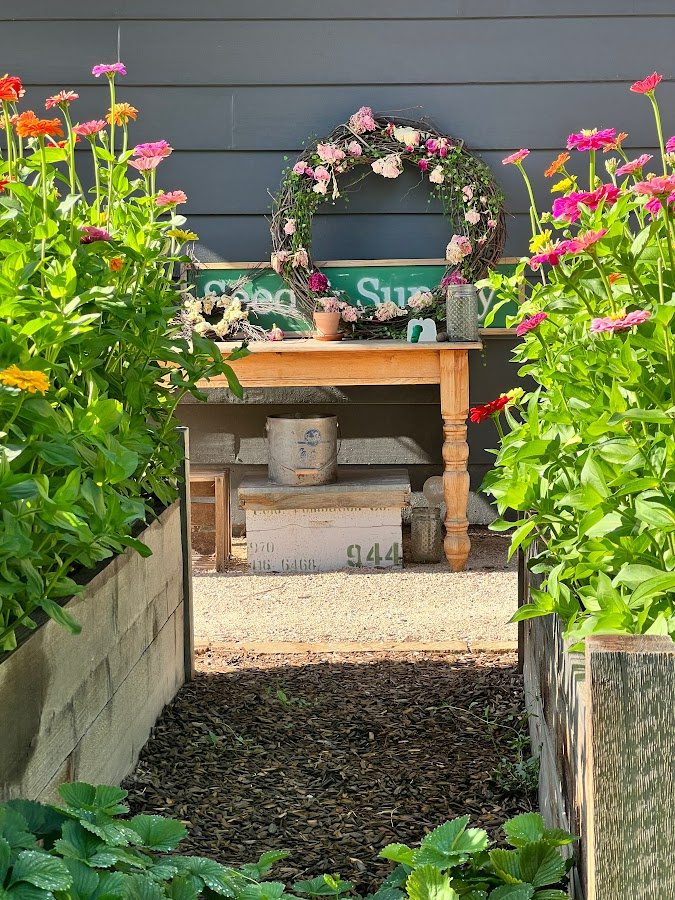
Overall, designing a cottage garden is all about creating a space that feels natural and inviting. By mixing and matching different types of plants and incorporating interesting shapes and textures, you can create a garden that is both beautiful and functional.
Safety Considerations in Cottage Gardens
As much as I love the beauty and charm of cottage gardens, it’s essential to keep safety in mind when selecting plants for your garden. Here are some safety considerations to keep in mind:
Poisonous Plants
Some plants commonly found in cottage gardens can be toxic if ingested. It’s essential to be aware of these plants, especially if you have children or pets who may accidentally ingest them. Here are some common poisonous plants to avoid or handle with care:
Plant Name
Toxic Parts
Foxglove
All parts
Lily of the Valley
All parts
Delphinium
All parts
Monkshood
All parts
Daphne
Fruit, leaves, and bark.
Hydrangea
All parts
Wisteria
All parts
If you’re unsure about a plant’s toxicity, check with a local nursery or gardening expert before planting.
Thorns and Spines
Many cottage garden plants have thorns or spines that can cause injury if not handled carefully. It’s essential to wear gloves and use caution when pruning or handling these plants. Some common thorny or spiny plants include:
- Roses
- Blackberries
- Raspberries
- Holly
- Pyracantha
- Barberries
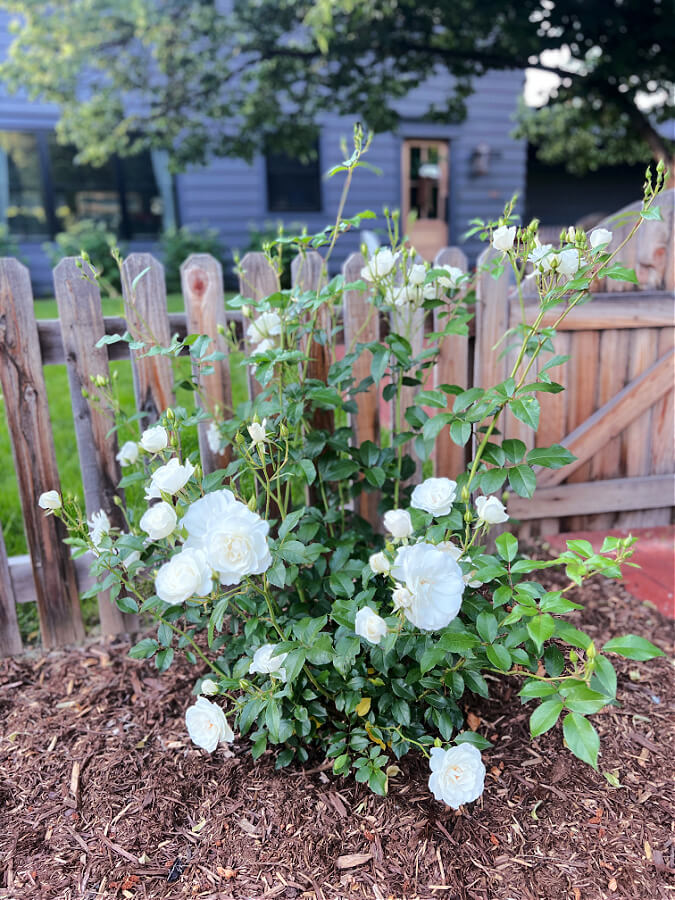
Allergies
Some cottage garden plants can cause allergic reactions in sensitive individuals. If you or someone in your household has allergies, be sure to avoid or handle these plants with care:
- Ragweed
- Goldenrod
- Sunflowers
- Chrysanthemums
- Dahlias
- Asters
If you’re unsure about a plant’s potential to cause allergies, consult with a local gardening expert or your healthcare provider.
Pesticides and Fertilizers
While pesticides can effectively control pests and diseases in your garden, it’s essential to use them safely. Always follow the manufacturer’s instructions carefully and wear appropriate protective gear when applying pesticides. Be sure to keep pesticides out of reach of children and pets.
By keeping these safety considerations in mind, you can enjoy the beauty and charm of cottage gardens while keeping yourself and your loved ones safe.
My Favorite Organic Pesticides/Fertilizers
- Neem Oil
- Preen
- Fish Emulsion
- Copper Fungicide
- Holly Tone (fertilizer for hydrangeas)
Fertilizing your cottage garden flowers and plants is crucial for ensuring their health and vitality. Here are some best tips to do it right: First, start by testing your soil to understand its nutrient needs. Use a balanced fertilizer that provides essential nutrients like nitrogen, phosphorus, and potassium. Organic options, such as compost or well-rotted manure, can be great choices too. Apply the fertilizer in early spring and again during the growing season, following the package instructions carefully. Avoid over-fertilization, as it can lead to excessive growth and weak plants. Instead, opt for slow-release fertilizers to provide a steady supply of nutrients. Lastly, always water your plants after applying fertilizer to help nutrients reach the root zone effectively. With these tips, your cottage garden will thrive with vibrant blooms and lush foliage all season long.
My Favorite Garden Bloggers
- Jennifer Cottage On Bunker Hill
- Kim Shiplap and Shells
- Stacy Ling of Bricks n’ Blooms
- Charla Gardening With Charla
Frequently Asked Questions
What are some good shrubs to include in a cottage garden?
Shrubs can provide structure and texture to a cottage garden. Some good shrubs to consider include hydrangeas, roses, lilacs, and butterfly bushes. These shrubs are easy to care for and will provide beautiful blooms throughout the growing season.
What are some popular bulbs to plant in a cottage garden?
Bulbs are a great way to add color and texture to a cottage garden. Some popular bulbs to plant include daffodils, tulips, crocuses, and hyacinths. These bulbs are easy to plant and will provide beautiful blooms year after year.
What are some evergreen plants that work well in a cottage garden?
Evergreen plants can provide year-round interest in a cottage garden. Some evergreen plants to consider include boxwood, holly, and juniper. These plants are easy to care for and will provide structure and texture to your garden throughout the year.
What are some tall flowers that would look great in a cottage garden?
Tall flowers can add height and drama to a cottage garden. Some tall flowers to consider include delphiniums, foxgloves, and hollyhocks. These flowers are easy to care for and will provide beautiful blooms throughout the growing season.
More Garden Posts You Might Enjoy
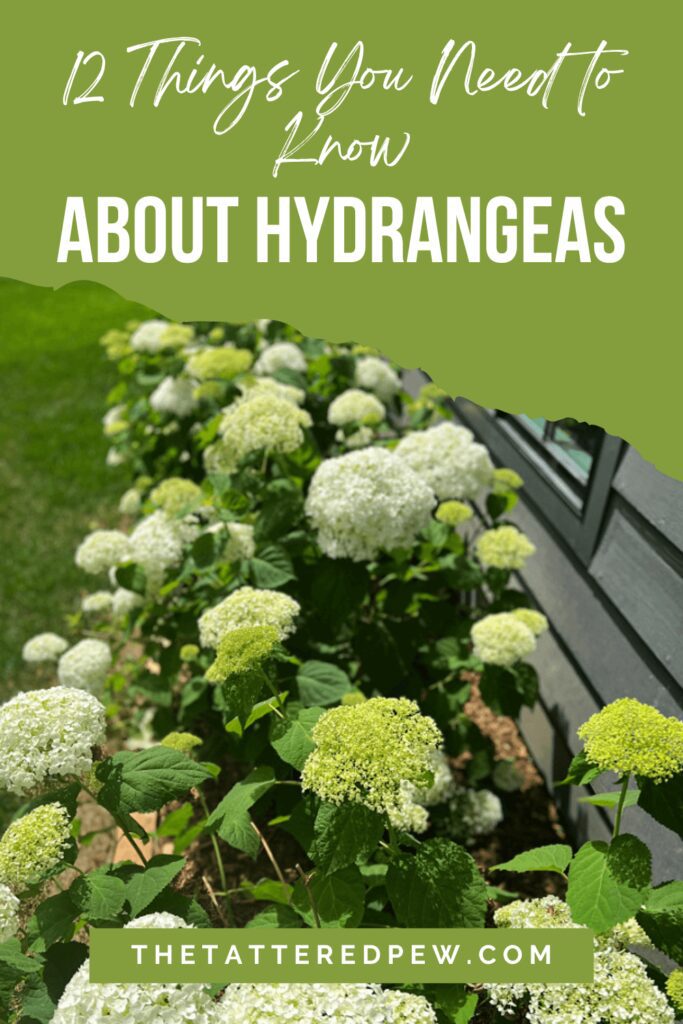
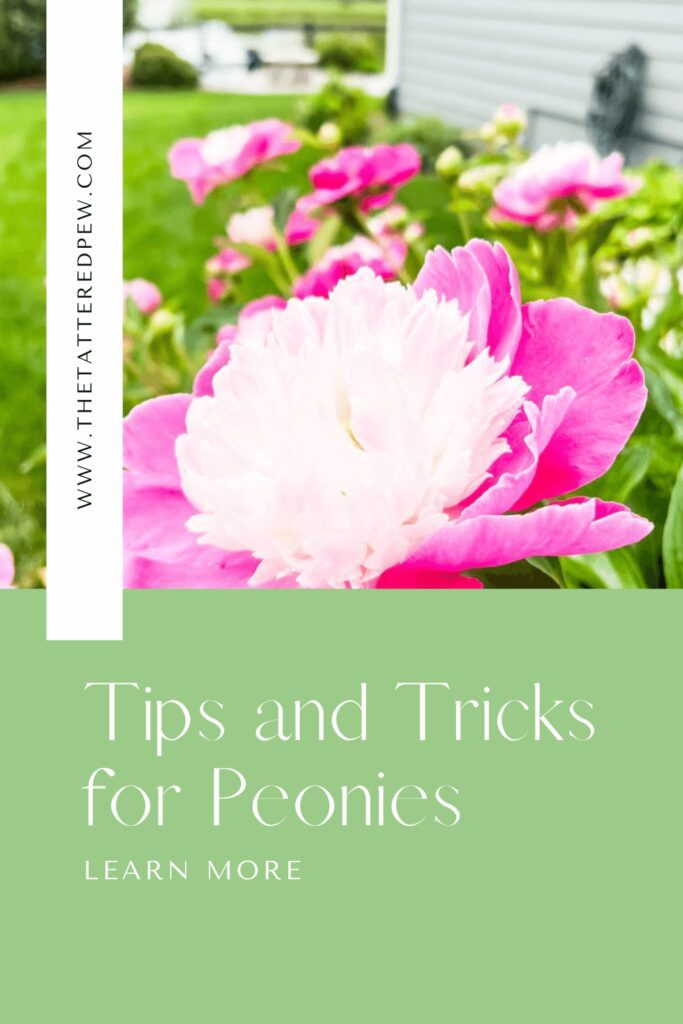
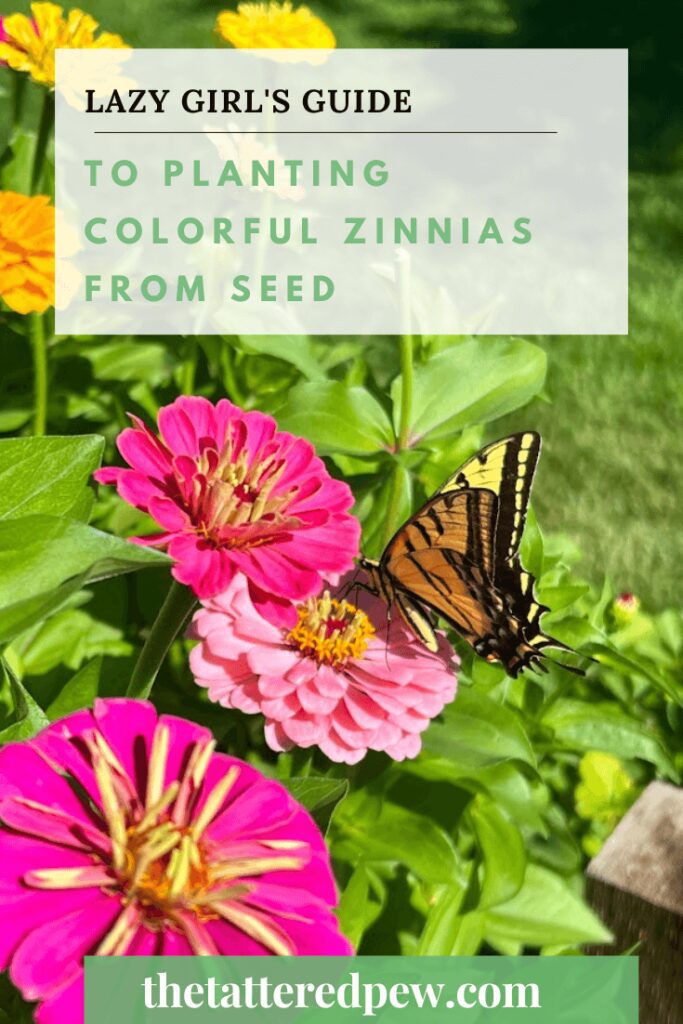
I’d love to have you hang out with me some more! Feel free to follow along with me on any of the platforms linked below.
LTK | Facebook | Instagram | Pinterest | Amazon
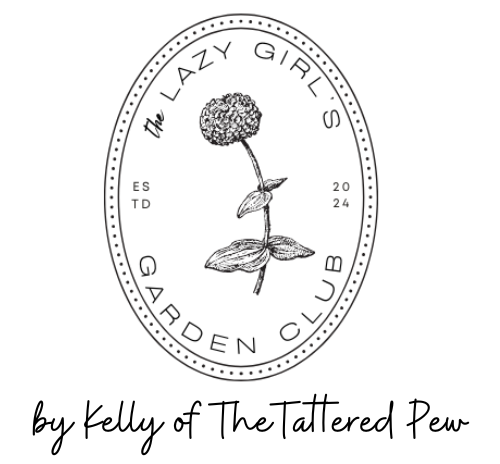
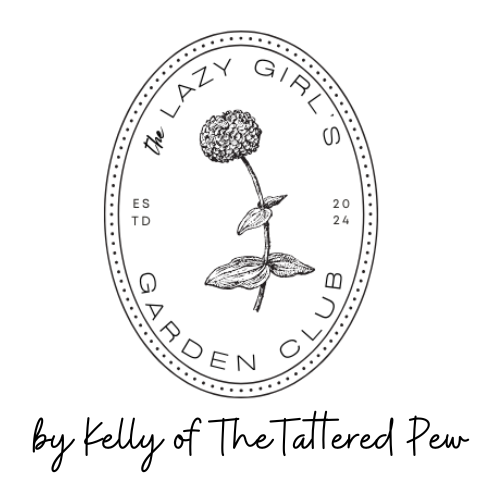
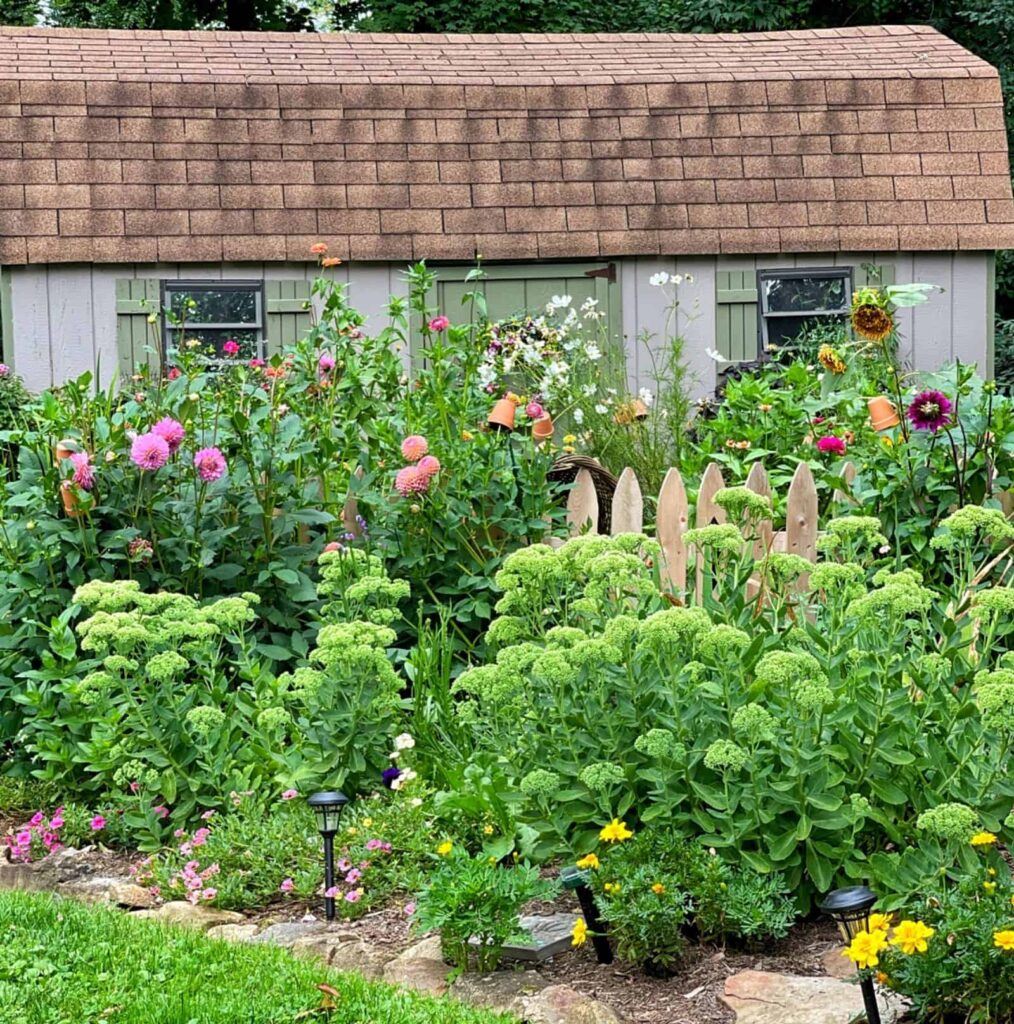
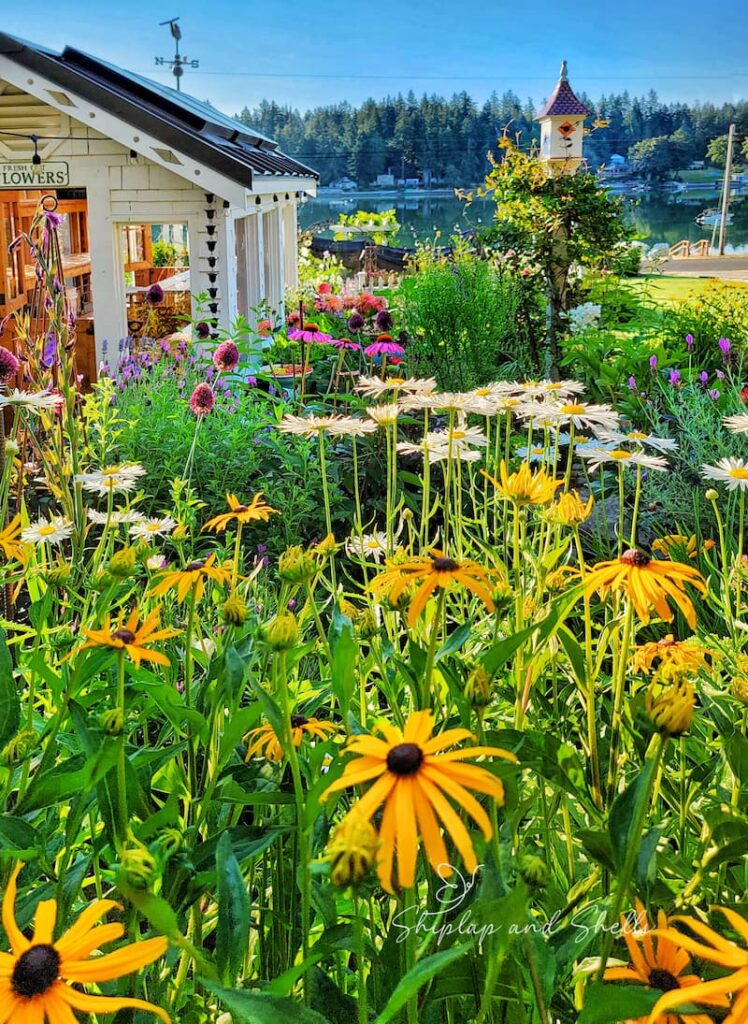
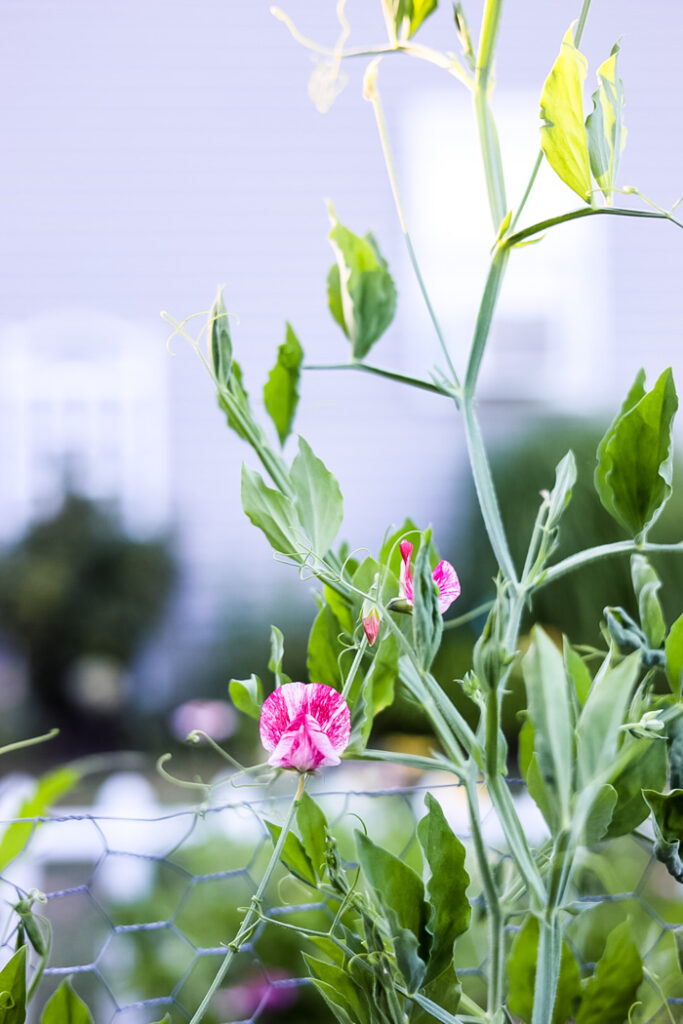
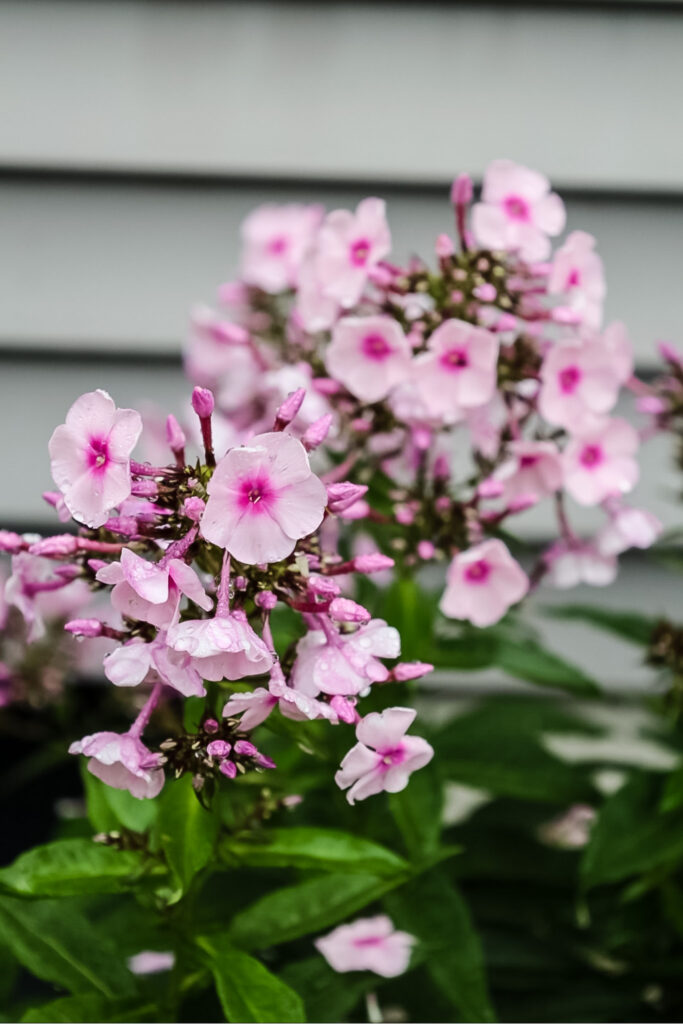
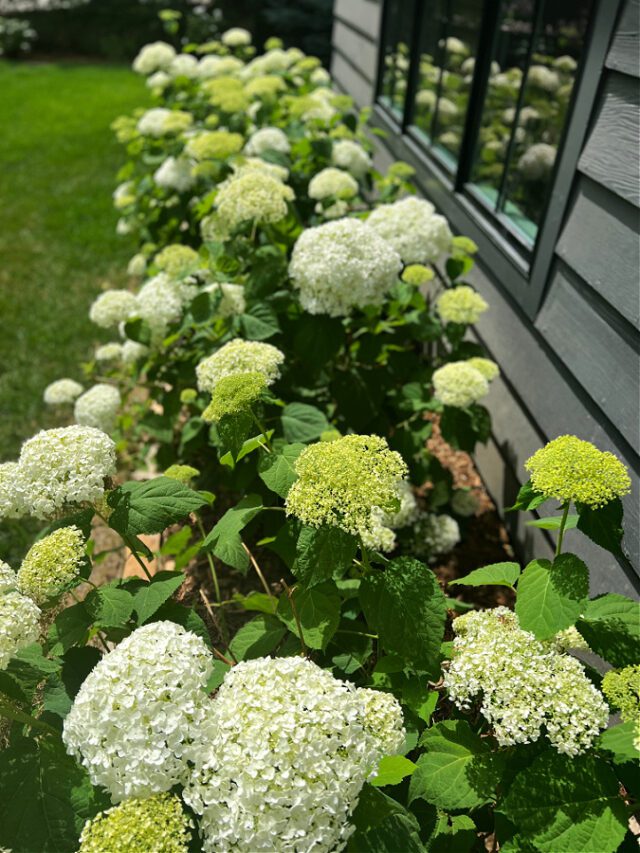
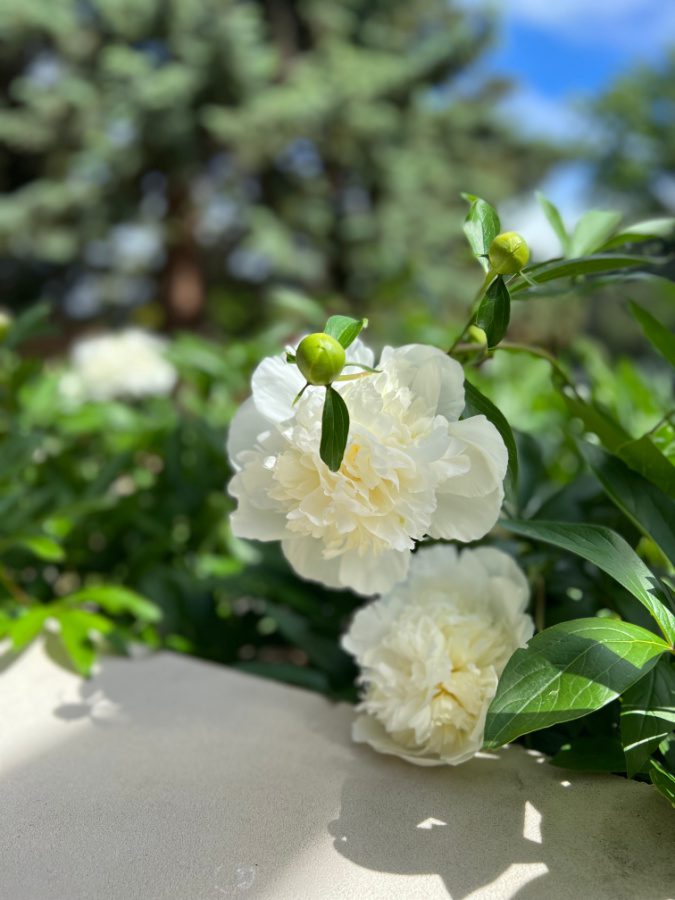

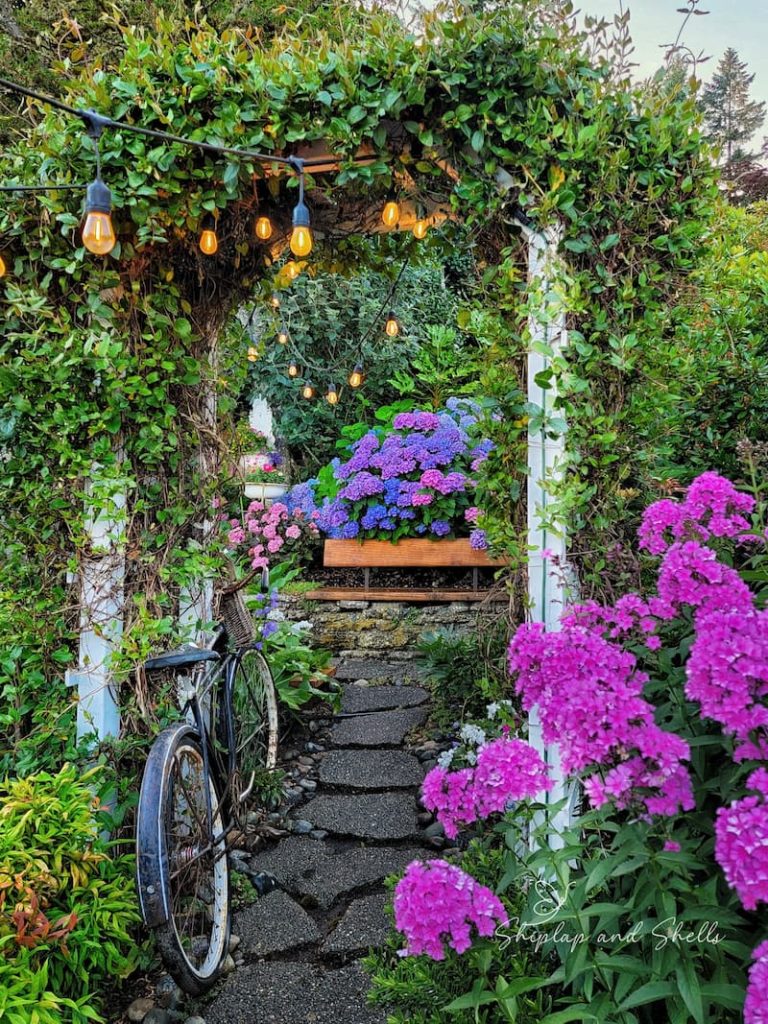
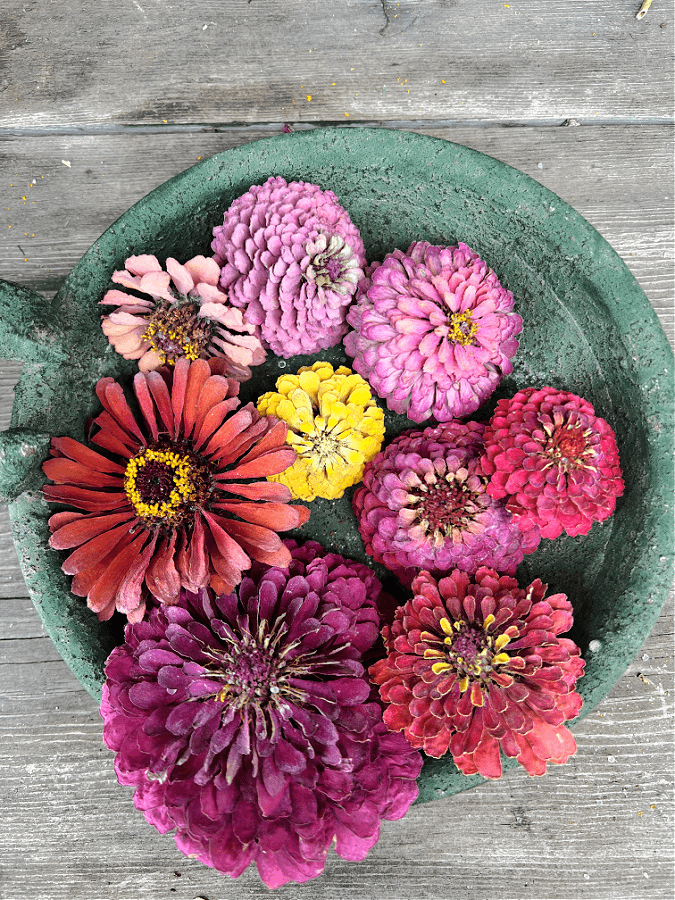
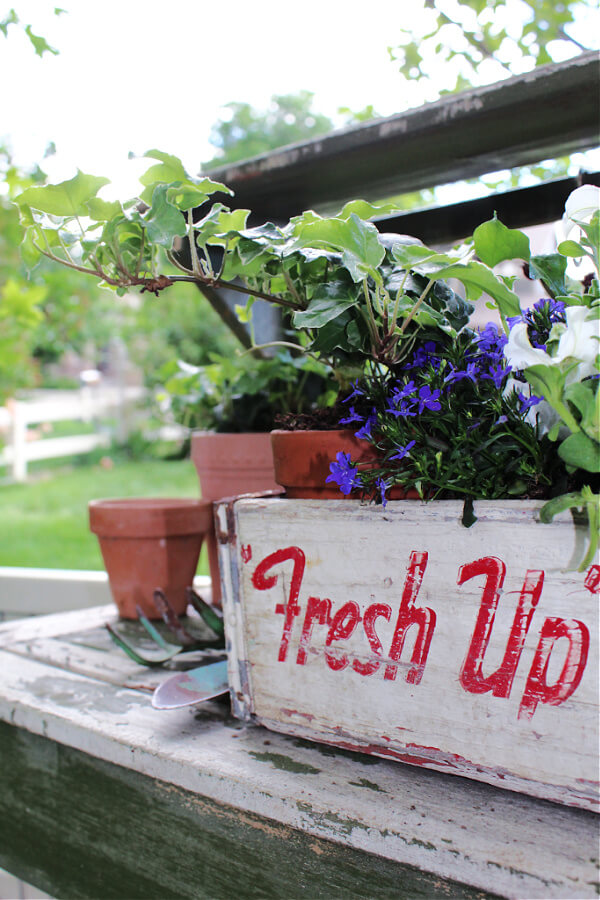
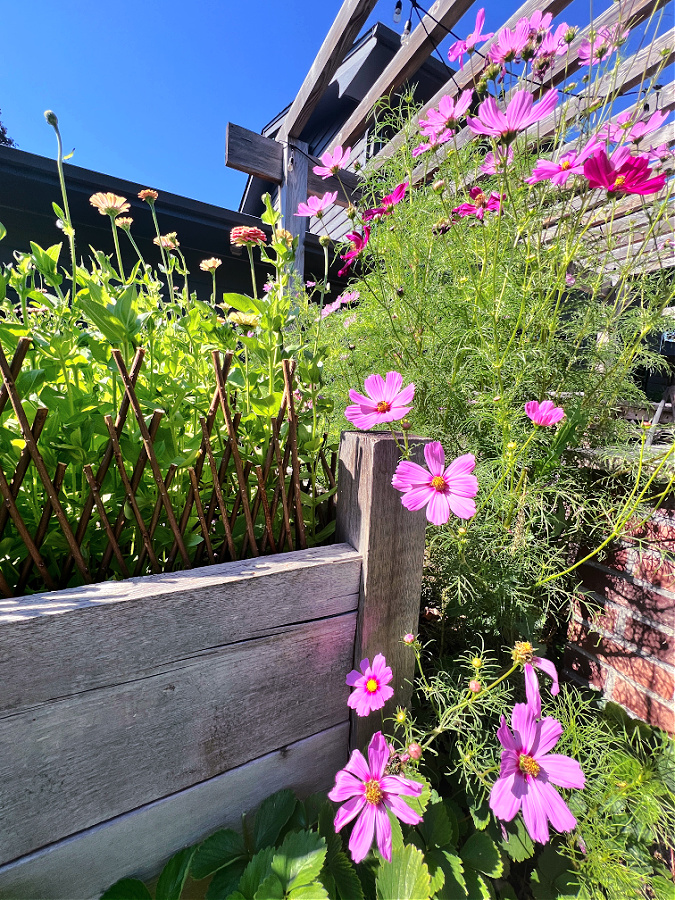
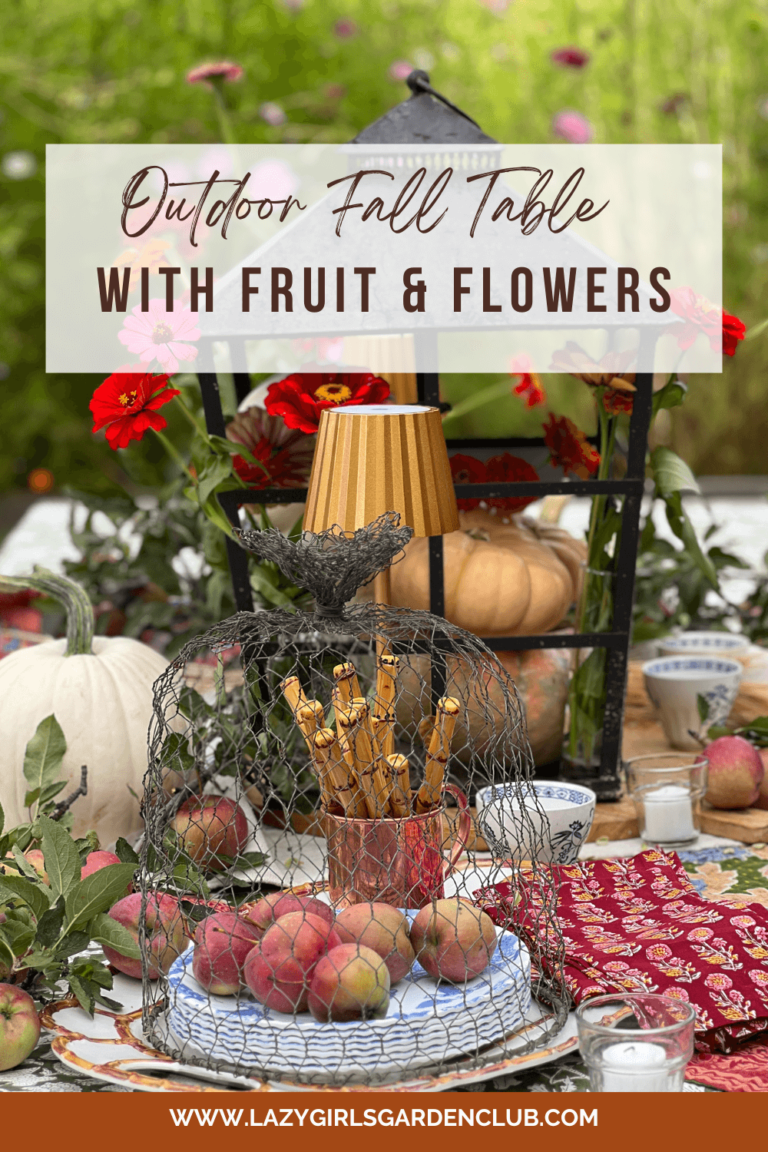
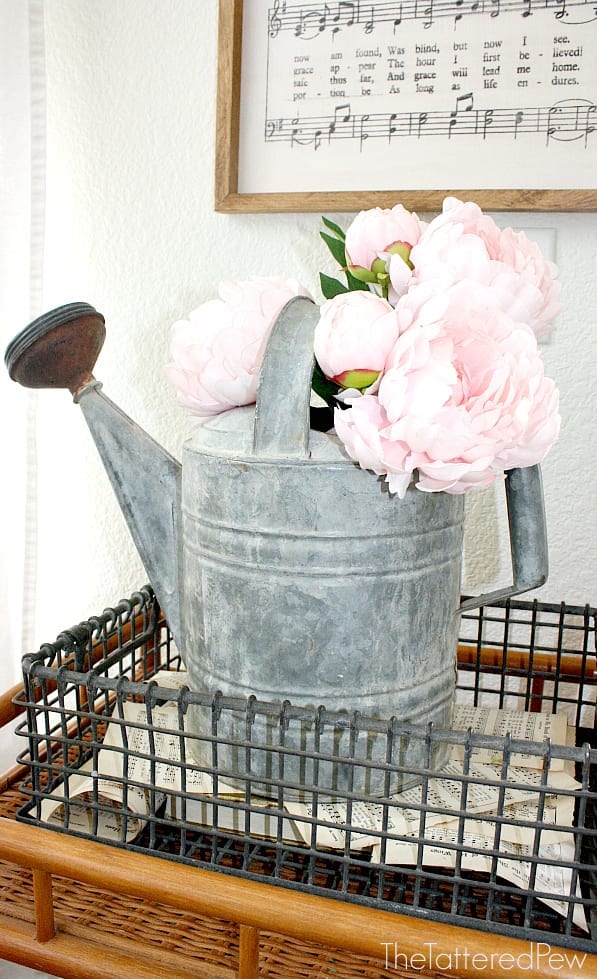
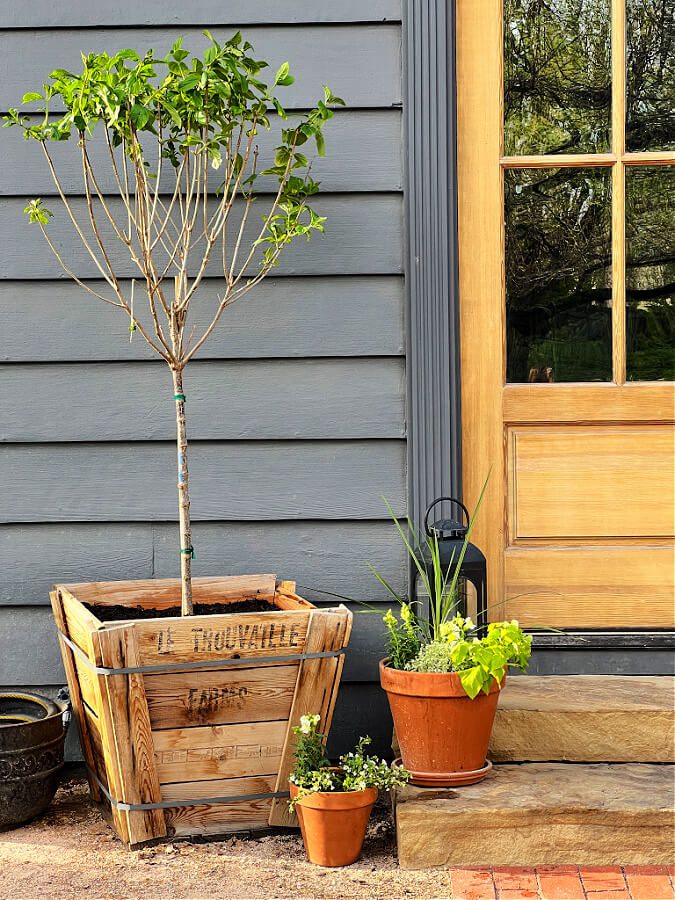
Very informative! Lately I’ve been in love with Hollyhocks and thinking about where I can plant them.
Yes me too! I love their look!
Everything looks and sounds so nice
Thank you!
I love your post about cottage gardens. I have been rebuilding my gardens , so this post was so helpful!
Have a great week,
Teri
I’m so glad to hear this! Have fun with your garden:)